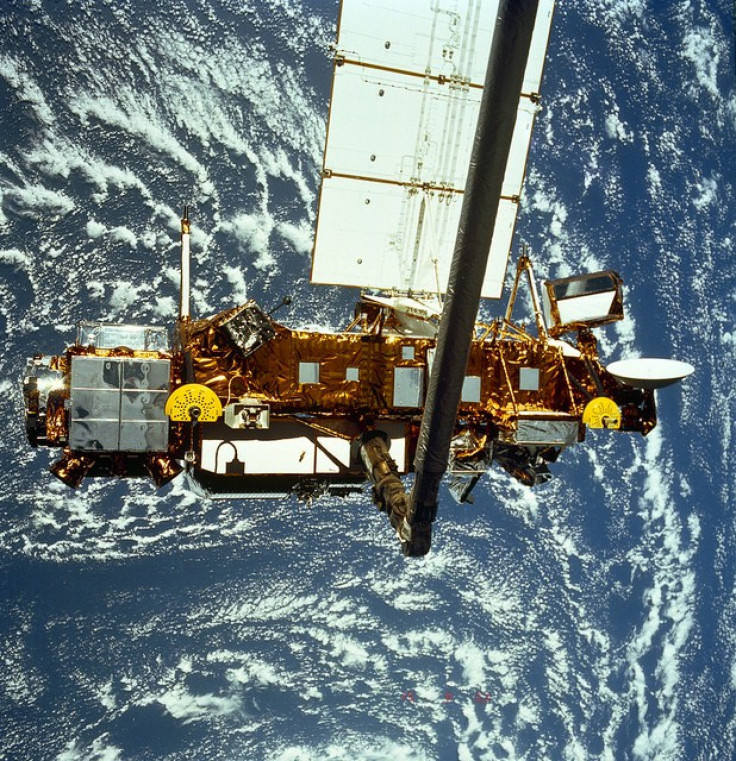NASA Satellite Debris Crashes into the Pacific
Expect another satellite to plunge in November

On Saturday, NASA's Upper Atmosphere Research Satellite (UARS) crash landed at approximately 12AM Eastern time. The location, NASA confirmed, is in a general area in the Southern hemisphere away from any major lands. To their knowledge, however, there have been no signs of UARS debris located in the predicted geographic region.
The UARS satellite launched its mission in 1991 from the Space Shuttle Discovery. Since its departure, NASA had been tracking movement of the UARS closely and predicted its fall to be September, but the crash landing site was completely beyond their calculations.
Although there have never been cases of space material injuring people, this raises concerns globally. Most parts of the 6.2 ton satellite are said to have disintegrated upon re-entry into Earth's atmosphere, but it's probable that a remaining 1,200 pounds of material made it through. Since those components are no longer functioning, it's not likely to be of any harm to its surroundings.
According to NASA, the UARS multi-instrumented satellite gave us a better understanding of photochemistry. Over the years, its collected data is creating a record for key chemicals in the atmosphere. Moreover, the UARS played a huge role in providing data on how much light comes through the sun's UV and visible wavelengths. The 20-year-old satellite's scientific life extended until 2005.
Many hoax videos have already circulated, but the official word is found on NASA's webpage on the UARS. If necessary, updates will continue to be posted there as they come. In other news, another spacecraft is also set to fall to Earth in the next month. The German space agency has confirmed that the ROSAT X-Ray telescope is said to descend this November.
© Copyright IBTimes 2024. All rights reserved.











